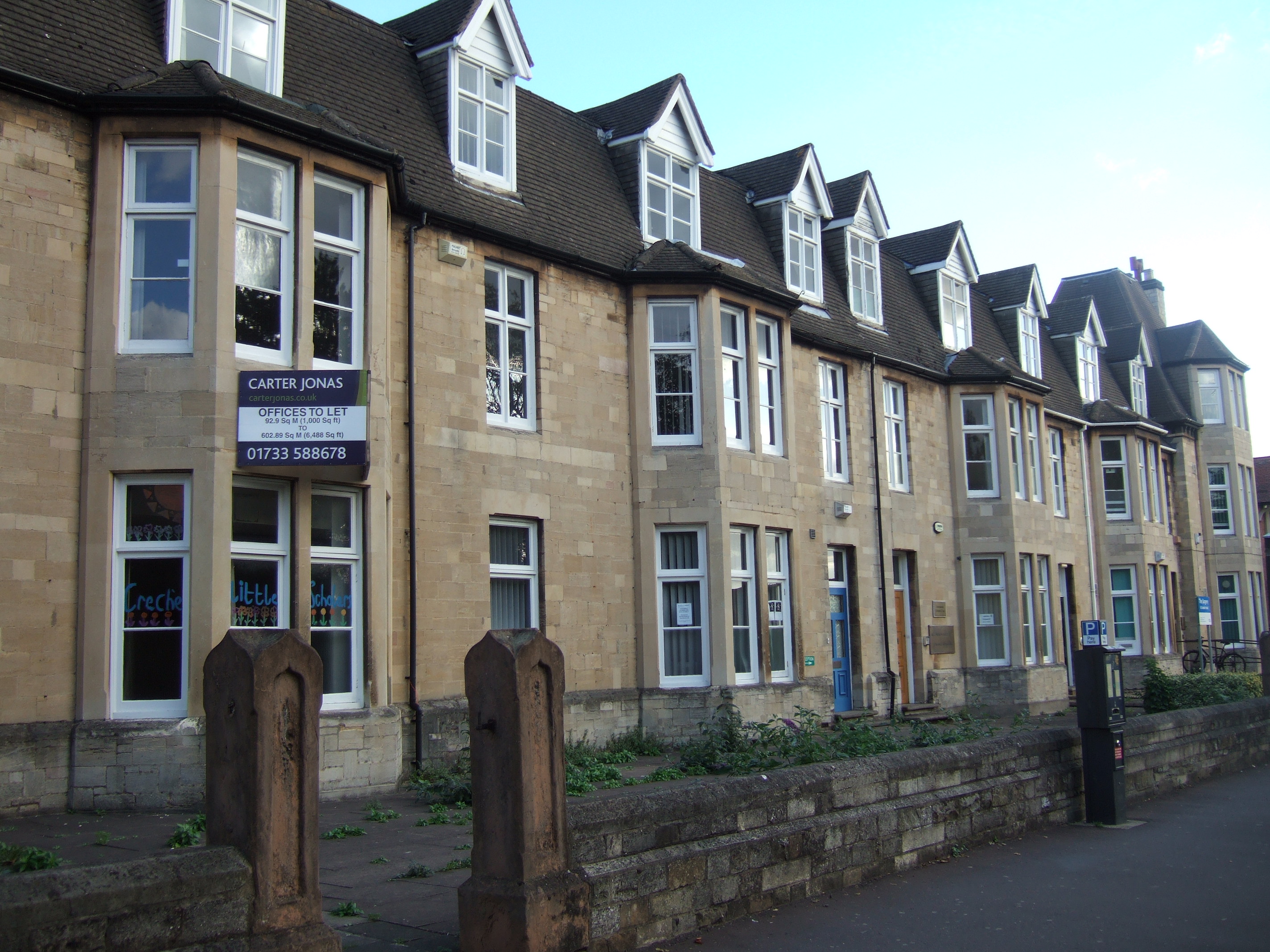
Kate Faulkner's price summary tracks key reports on property prices produced on a monthly basis, and summarises crucial numbers and what experts are saying about the market and includes Kate’s comments on what this means, primarily for the general public, but also for the industry, market and economy. This summary report includes data from the NAEA, Nationwide, Rightmove and the Land Registry.
Download the full report for September 2015
Kate Faulkner comments on Report Headlines:
'This month’s reports are great news from a sales and price perspective, with buyers keen to purchase and sales volumes being reported as strong – basically business growth all around. There is some conflict between Rightmoves index saying sellers are staying away, while the NAEA are saying demand is as high as 11 years ago and stock up by 25%. Whichever is correct, the reality reported by Rightmove is that more people won’t move unless they can find property to buy; they need to better understand the true cost of moving isn’t as inhibitive as first thought and affordability, although tough in some areas, isn’t a problem everywhere. As an industry it’s important to recognise we do have a housing crisis – but we shouldn’t believe nor let people locally believe - it’s one that affects everyone, everywhere, especially when over 50% of people in England own their property outright without a mortgage and many areas have prices at the same level as 10 years ago. In Nottingham city our average house prices are the same as 2003 – locally people find that surprising.'
Actual Report Headlines
Download the full report for September 2015
Kate Faulkner comments on Regional Price Differences:
“Hometrack sums things up best: “the relative performance of house prices since 2007 remains wide and reflects different economic and demand side drivers of house prices.” We absolutely do not have “one” market anymore. Differing economic performance, population changes and property supply mean micro markets for big, expensive houses in some areas sell brilliantly, while in others no buyers can be found and it’s the same for small flats or houses in other areas. If we want a successful property market, it’s up to everyone at a local level to work together to report what’s really happening in their market so the media can report the facts, not the fiction."
Home.co.uk “Those regions which have suffered the greatest reductions in supply over the last seven years have also shown the greatest price growth. London shows the biggest contraction in supply over the last eight years, of 69%. For the buyer, this means the competition is fierce and prices have skyrocketed. At the other extreme, the North East and Yorkshire show prices remain below their pre-crisis peaks (-8.7 and -4.0% respectively). In Wales and the North West, prices also remain below their 2007 levels. (Aug 15)”
RICS “Prices are reported to be rising across the majority of areas with Northern Ireland, the North West and East Anglia seeing the strongest momentum. The North East remains the sole exception, where prices were reported to have fallen for the third consecutive month.
“Looking ahead, the strongest near term price expectations were returned by respondents in Northern Ireland, the North West and London. Meanwhile, the North East is the only region in which prices are not anticipated to rise over the coming three months, although respondents are expecting prices to increase during the year ahead. Indeed, at the twelve month horizon, all areas of the UK are projected to see sizeable house price growth, with confidence most elevated in East Anglia and Northern Ireland. (July 15)”
LSL “This month East Anglia has taken over the top spot from the South East in terms of the region with the highest rate of annual house price growth, at 6.3%, based on data for June 2015. Greater London has fallen one further place since last month to eighth position, with a 1.8% increase in annual price growth, only marginally above the North and Wales, which both saw an annual increase of a modest 1.7%. This month the rate of house price growth compared to the previous month has risen in six English regions, the highest increase in the annual rate being seen in East Anglia, up 0.4%, and has fallen in four, with Greater London seeing the largest decline annually, down by a half from last month’s growth rate of 3.6%. (July 15)”
Hometrack “All cities with the exception of Aberdeen are registering house growth ahead of growth in average earnings (currently 2.4%). The highest year on year growth is 10.9% in Cambridge followed by Oxford, London and Bristol. The lowest growth rate is being registered in Aberdeen (-0.7%) where the weakness in the oil price is impacting the local economy and demand for housing. Other cities with below average house price growth are Newcastle, Liverpool and Sheffield where annual growth is running between 2.5% and 4.5%. There is room for further catch-up in house prices. Nine of the twenty cities still have average prices that are lower than 2007 levels although this gap is narrowing rapidly."
Land Registry “The region with the most significant annual price increase is the East with a movement of 8.9 per cent. The North East saw the lowest annual price increase of 0.4 per cent. The East also experienced the greatest monthly price rise with a movement of 2.8 per cent. Wales saw the only monthly price decrease with a fall of 0.3 per cent. (July 15)”
Download the full report for September 2015
For FREE, independent and up-to-date advice on buying, selling and renting a home, sign up for FREE at Property Checklists. Join now to access our FREE checklists, including:-